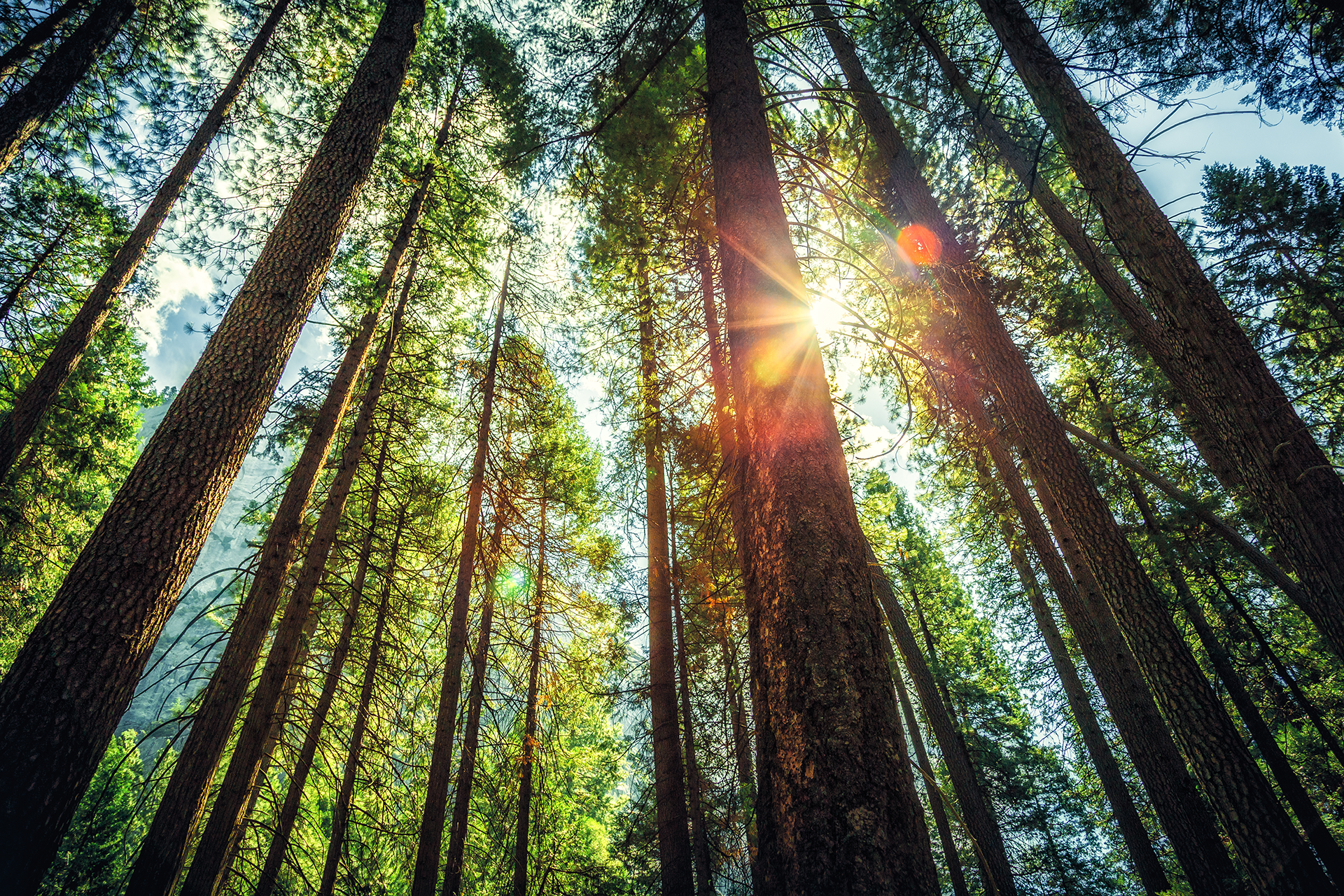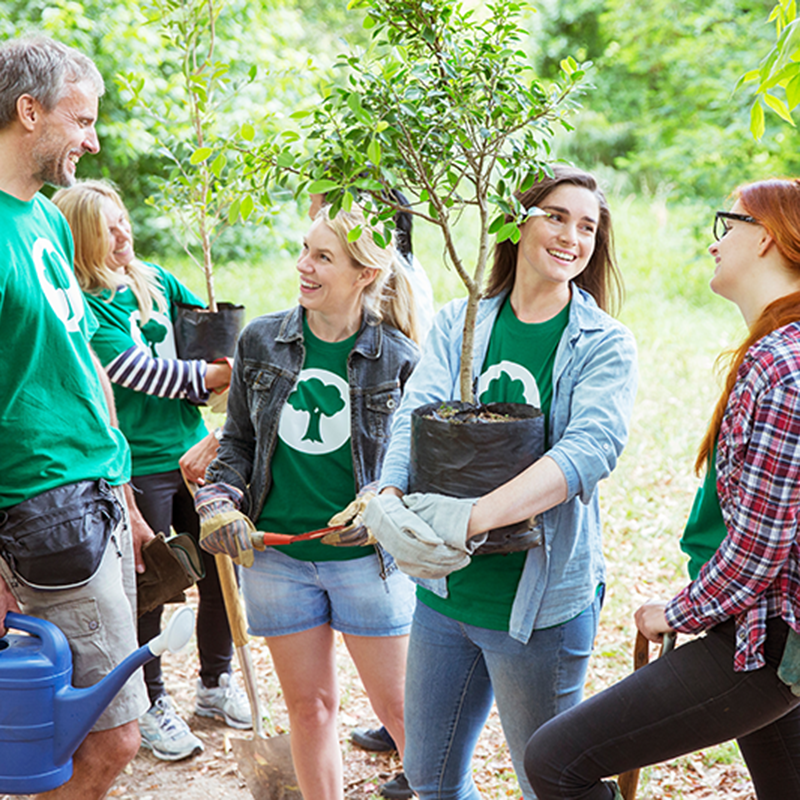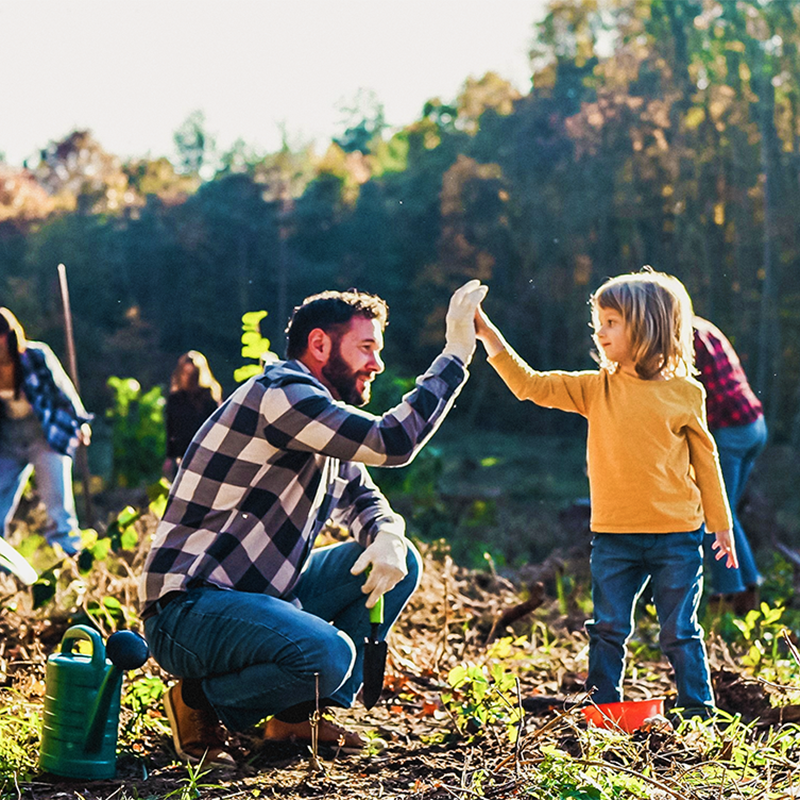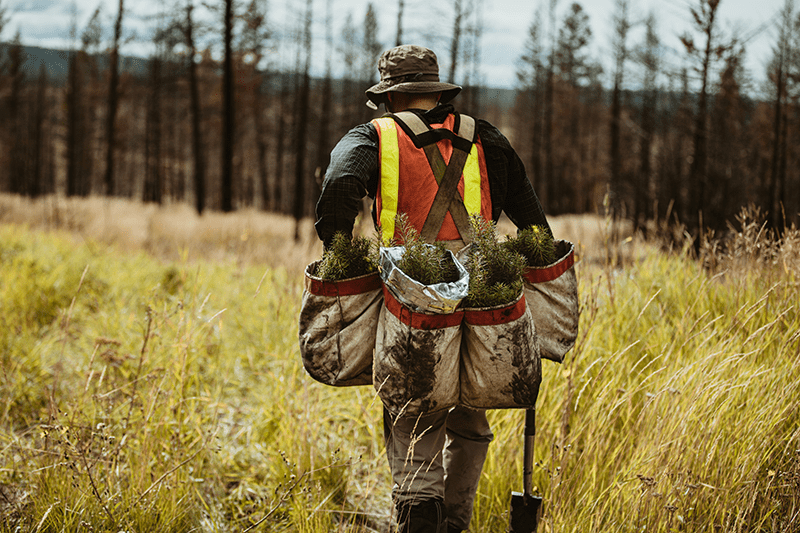Rooted in Fact: Why Paperboard Is a Hero of the Forestry Story
Around the globe, the sustainability of packaging materials has never been more scrutinized than it is today. Retailers, brands, policymakers, and consumers alike are seeking transparency and accountability across the value chain, from how materials are sourced to how they are disposed of after use.
As a material that starts in forests, paperboard naturally enters conversations around deforestation. It’s easy to assume that using trees for packaging has the potential to lead to forest loss and harm ecosystems, but as we’ll explore below, this simply isn’t the case.

Myth: “The paperboard industry is causing deforestation.”
Fact:
Forest loss in the U.S. is being driven by land development, not by the paperboard industry.
After decades of loss, net forest area grew in the U.S. by approximately 18 million acres between 1990 and 2020.1 However, in recent years, some regions in the U.S. have seen declines.2 The primary cause of this loss is the conversion of forests to developed land, such as for housing, roads, and infrastructure, not because of the paperboard industry.3
This trend is set to continue, as according to the U.S. National Forest Service’s 2020 Resources Planning Act (RPA) Assessment, developed land is projected to increase by up to 58% by 2070, at the expense of forests and rangelands.4
Working forests that supply the paperboard industry can contribute to the conservation of forestlands. They are “working” in that these forests are growing the wood fiber we all rely on, while providing important ecosystem services, like water filtration and habitats for a range of species. They also provide an important economic incentive in the form of revenue to landowners to keep their land in forest and managed well. Working forests use sustainable forestry practices to promote health and productivity. They’re harvested and replanted under stewardship practices designed for their long-term health.




Fact:
European forests are growing, but recent studies indicate that ecosystems are facing environmental stresses.
European forests are expanding. Forest area increased by 9% over the past 30 years and, with 227 million hectares, now covers more than one-third of Europe’s land surface. In 2022, the EU boasted an estimated 160 million hectares of forests, marking an increase of approximately 8.3 million hectares or 5.5% since 2000.5
However, the actual state of European forests is a mixed picture of improvement and deterioration. By some measures, like the volume of biomass in forests, the diversity of age classes and their productivity, forest conditions are improving. But other data show that trees are dying, driven by a range of stressors, including the interaction of climate, pollution, insects, disease, droughts, natural disasters, and other factors.6
The canopies of European forests are losing their leaves. In fact, the canopy mortality rate has doubled since the late 20th century. It’s equivalent to 1% of the forest area in the European Union dying yearly. Forest health monitoring at the European level estimates that one out of four trees show moderately to severely damaging levels of defoliation or leaf loss.
Efforts are being made to address these challenges, including ambitious targets for forest restoration as part of broader efforts by the EU government to address climate change and biodiversity loss.

Fact:
Forests grow significantly more wood than is harvested each year.
A common misconception is that harvesting trees for paperboard depletes forests, but U.S. national forestry data shows otherwise. The ratio of net forest growth to volume harvested is in the ratio of approximately 2:1, and in northern regions, the ratio is even higher at 2.4:1.7 This means that for every square meter of wood harvested in a year in the US, at least twice that amount is grown.8
In the EU, the growth-to-harvest ratio is closer, at 1.3:1. So, about 25% more tree volume is grown than is harvested annually in Europe.

Fact:
Responsible sourcing practices can help to keep forests standing.
A key element that’s often missed from dialogue is that market demand for forest products like paperboard can be one factor to help support the retention of forests, in the face of development pressures.
About 58%9 of U.S. forests are privately owned, and most of these forests are owned by families and individuals, not companies. Markets for responsibly sourced wood provide a recurring economic opportunity to these landowners to maintain their land as a working forest, rather than sell it for development.
Put simply, a healthy market for responsibly and ethically sourced forest products is a vital tool to keep forestland forested.
Let The Data Lead
Packaging is a tangible and highly visible product, and it’s understandable that people want to know where it comes from. But facts matter — and the facts show that the paperboard industry is not the driver of forest loss.
If anything, with responsible practices and expertise at the forefront, it’s part of the solution, keeping forests in active use, encouraging land stewardship, and maintaining critical carbon sinks.
To learn more about our “Better, Every Day” approach to sustainability, visit our sustainability area to explore our commitments in full.

1 UN Food and Agriculture Organization (FAO), 2020



